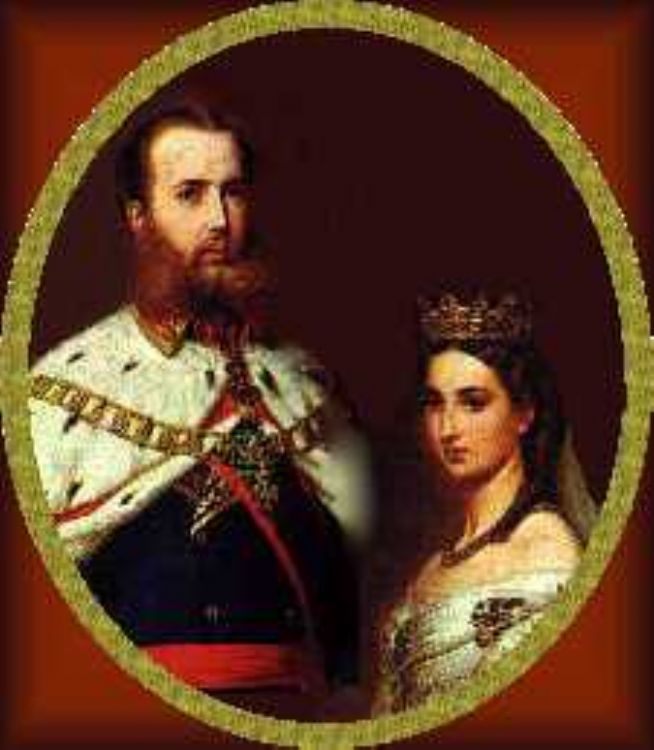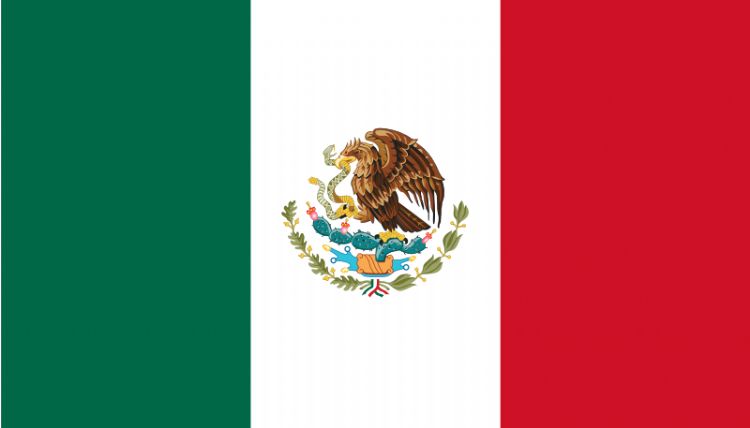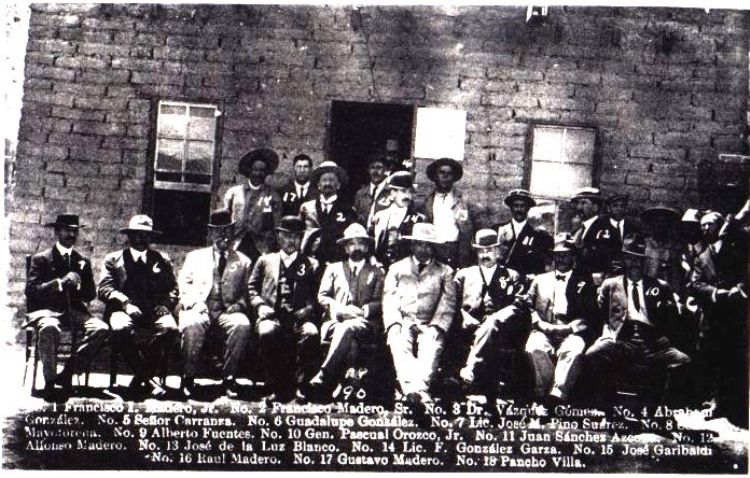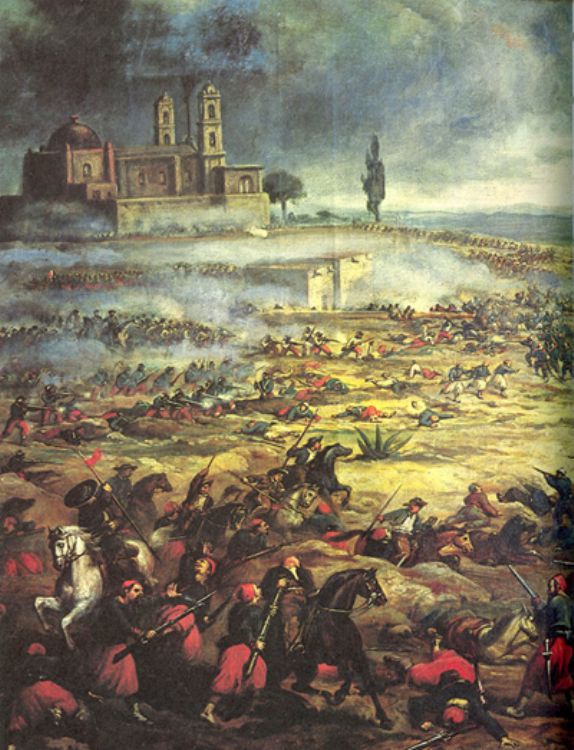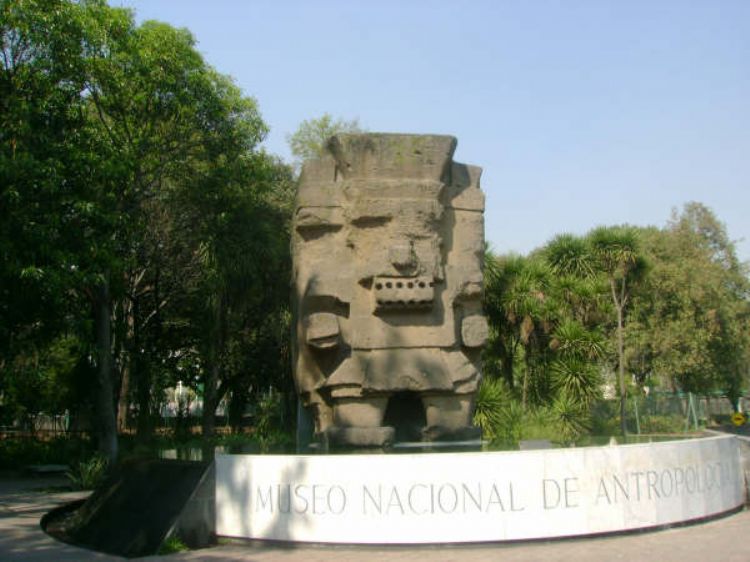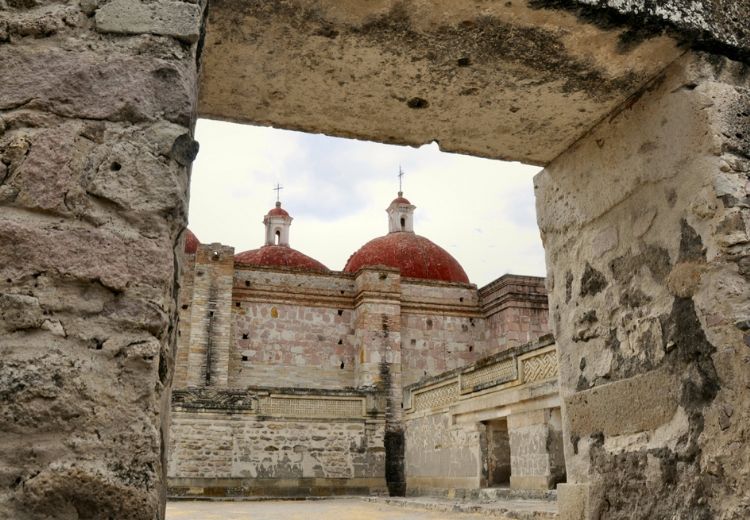The Angel of Independence, An Icon in Mexico City
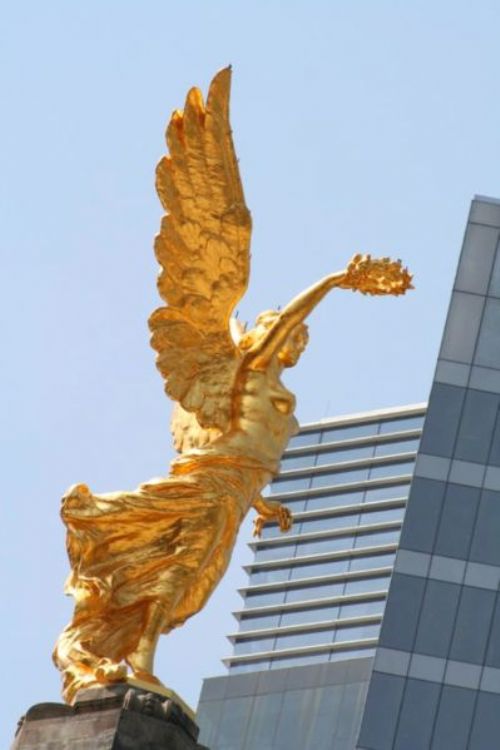
The Angel of Independence is, by far, a historical, urban and symbolic reference of Mexicoâs collective conscience. Many characters were involved in the work; Antonio Rivas Mercado as the projectâs main promoter, Enrique Alciati was responsible for the sculptures and Roberto Gayol was in charge of adapting the space.
Due to the soilâs composition in the capitalâs center, its foundations were very complex, adapted according to the movements and sinking; it has required the reinforcement of its base. It was initially made with steel beams strengthened with concrete in 1901. The concluded process made it possible to place its first stone on January 2 of 1902, with the proud presence of President Porfirio Díaz.
By 1906 many of its elements had been concluded: the base that supports it, its footing and pedestal. However, the structure was not correct so it had to be demolished due to sinking.
Therefore, the technical solution consisted of sustaining the work on fixed wood piles thus setting the column, even though it didnât solve the sinking. Throughout time it has been evident that the process by which the subsoil, due to its characteristics, is practically absorbing the load, has made it necessary to increase the number of steps.
The great emblematic work of the City was finished just on time to be inaugurated on September 16 of 1910 for celebrating the Centenary of Mexicoâs Independence.
The final structure consists of a base with four vertices, each with a Florentine bronze sculpture, representing Peace, Justice, War and Law. Another sculpture of the same material can be observed; a lion guided by a child, evoking the virtue of strength in war and peace.
It is accompanied by other sculptures representing the heroes of Independence: Miguel Hidalgo, Vicente Guerrero, José María Morelos y Pavón, Nicolás Bravo and Francisco Javier Mina; and two female figures at the side of the Nationâs Father, representing history and the nation.
The column is 118 feet tall, with an interior of steel and quarry-stone; it has elements of palms, garlands and rings literarily enunciating the Independenceâs heroes: Agustín de Iturbide, Juan Aldama, Ignacio Allende, López Rayón, Hermenegildo Galeana, Manuel Mier y Terán, Guadalupe Victoria and Mariano Matamoros.
The Angel symbolizes the Winged Victory, a work by Enrique Alciati. Constructed in bronze and covered in gold, it is 22 feet high and weighs approximately 7 tons. The figures sustained in her hands are metaphors of victory (laurel) and then end of slavery (broken chains).
Currently, the Angel of Independence is a site for gathering, celebrating and remembering the most important historical events. It frames one of the most important avenues of Mexico City, the Paseo de la Reforma, with surroundings that testify the countryâs economical, political and social development.
Click on the PLAY Button to watch the Video.
Artículo Producido por el Equipo Editorial Explorando México.
Copyright Explorando México, Todos los Derechos Reservados.
Fotografía tomada de Wikipedia.Org Ver Autor y Licencia

